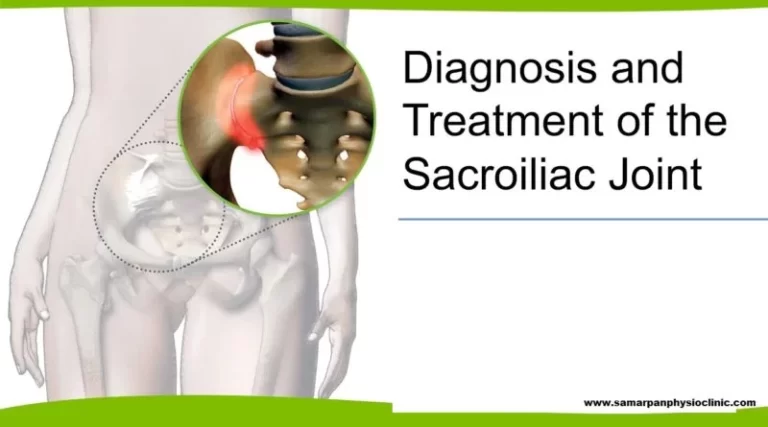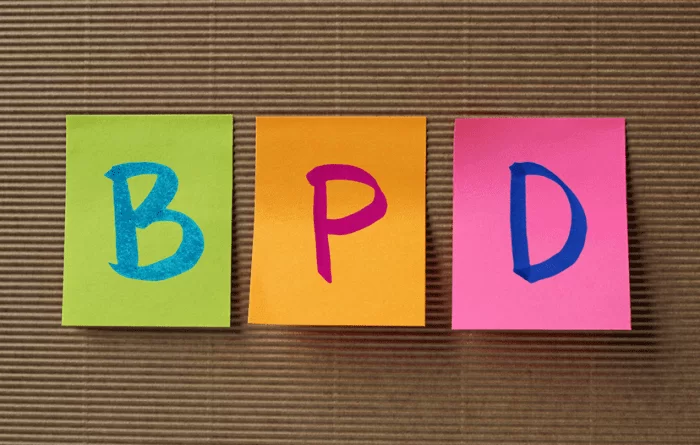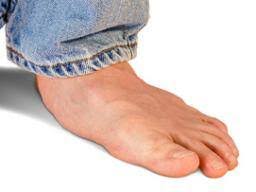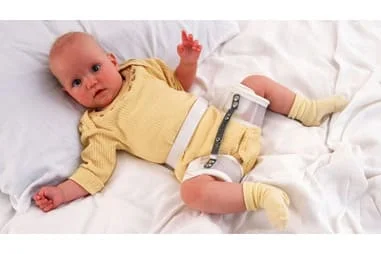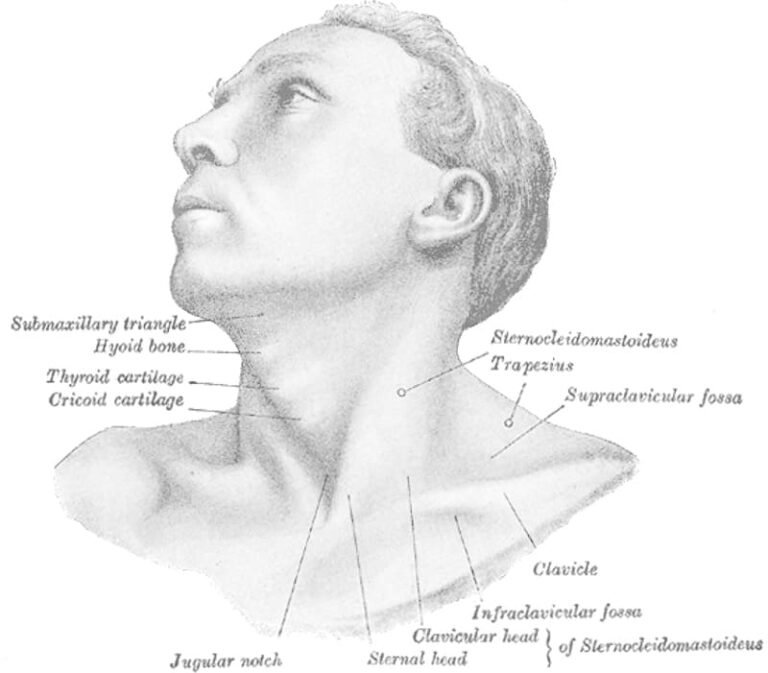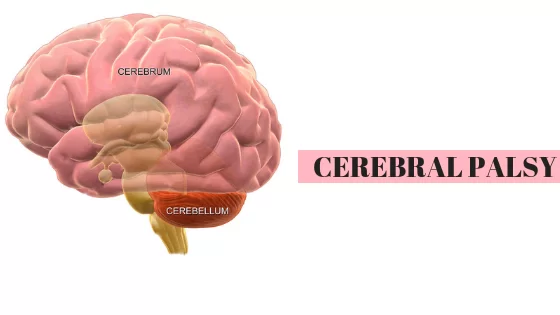SI JOINT Dysfunction : Physiotherapy Treatment
What is SI Joint dysfunction The SI Joint, also known as the sacroiliac joint, is a joint in the pelvis that connects the sacrum (the triangular bone at the base of the spine) to the pelvis. SI Joint Dysfunction is when there is abnormal wear and tear in this joint, causing inflammation and pain in…

